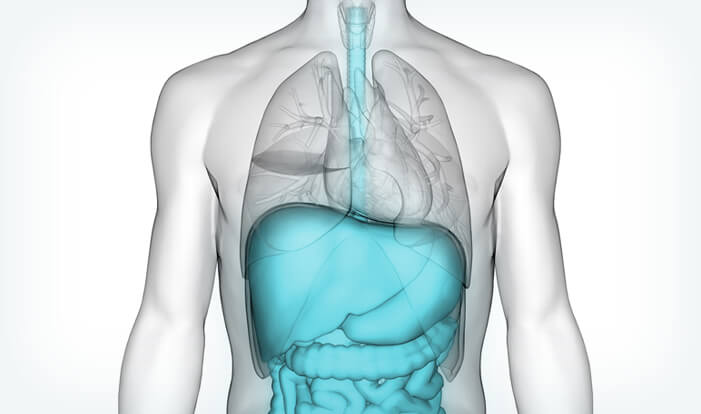Acid reflux can often be diagnosed based on a medical history and a discussion of symptoms and lifestyle habits. If GERD is suspected, a number of tests are available to confirm this and to uncover any complications, including damage to the lining of the esophagus which can lead to esophageal cancer.
A barium swallow (esophagram) can help pinpoint any problem areas in the esophagus, as well as reveal the presence and location of a hiatal hernia or ulcers. This test involves x-rays taken after drinking barium, a chalky liquid dye that makes the stomach and esophagus show up clearly on the x-rays.

An upper endoscopy provides a look inside the esophagus and stomach via a thin, flexible tube with a camera attached that is inserted through the mouth. This quick procedure provides valuable information about the state of a patient’s esophagus. A biopsy may be performed at the same time. If this test reveals an esophageal abnormality, no other tests are usually required to confirm the GERD diagnosis.
Esophageal manometry takes an in-depth look at how the esophagus is functioning. During this test, a tiny tube goes through the nose and into the esophagus. The patient swallows small amounts of liquid as esophageal function is recorded. This test also monitors lower esophageal sphincter (LES) movement.
A valuable test called pH monitoring detects the frequency and duration that stomach acid regurgitates into the esophagus. It takes about 24 hours and involves placement of a small recording device through the nose and into the esophagus. The patient can typically participate in normal activities during this test. pH monitoring may be recommended when patients show GERD symptoms, but other testing methods reveal no esophageal damage.










